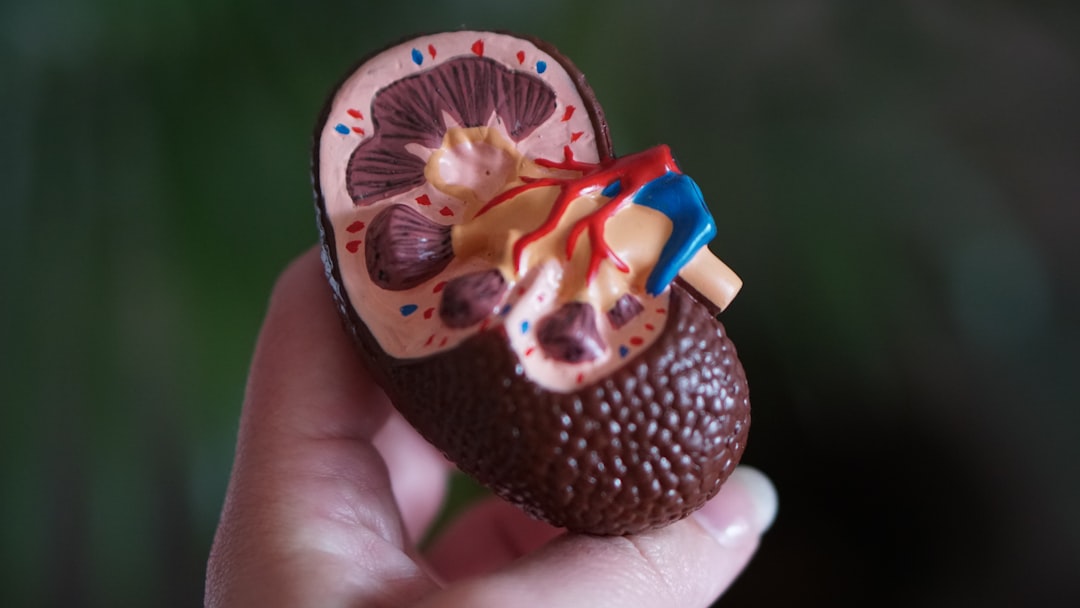What is it about?
Dynamic processes on the surface of biological membranes are essential for biological function. Traditionally, quantitative measurements of lipid/protein motion have been interpreted in the framework of membrane hydrodynamics. However, some recent studies have proven difficult to interpret via hydrodynamic arguments. Does this suggest a failure of hydrodynamic theory, or simply highlight the dangers in attempting to extend hydrodynamic arguments down to molecular scales? Intermolecular correlations are superior to single-molecule observations for studying hydrodynamics, due to the longer length scales involved. The current work reports dynamic pair correlations of lipids in model membranes. Sub-micron distance-dependent correlations are well-resolved and complementary numerical calculations indicate that hydrodynamic theory can correctly predict membrane dynamics over distances of tens of nanometers and longer.
Featured Image

Photo by Dimon Blr on Unsplash
Why is it important?
The work is the first clear-cut demonstration of correlated diffusion in biological membranes. It vindicates the classical hydrodynamic theories for particle motion in membranes.
Perspectives
It will be great to use the technique of the paper to study correlated diffusion in more biologically related setups, e.g. cellular membranes, and observe whether similar phenomena are decipherable when the dynamics are more complex.
Gilad Haran
Weizmann Institute of Science
Read the Original
This page is a summary of: Correlated diffusion in lipid bilayers, Proceedings of the National Academy of Sciences, November 2021, Proceedings of the National Academy of Sciences,
DOI: 10.1073/pnas.2113202118.
You can read the full text:
Contributors
The following have contributed to this page










